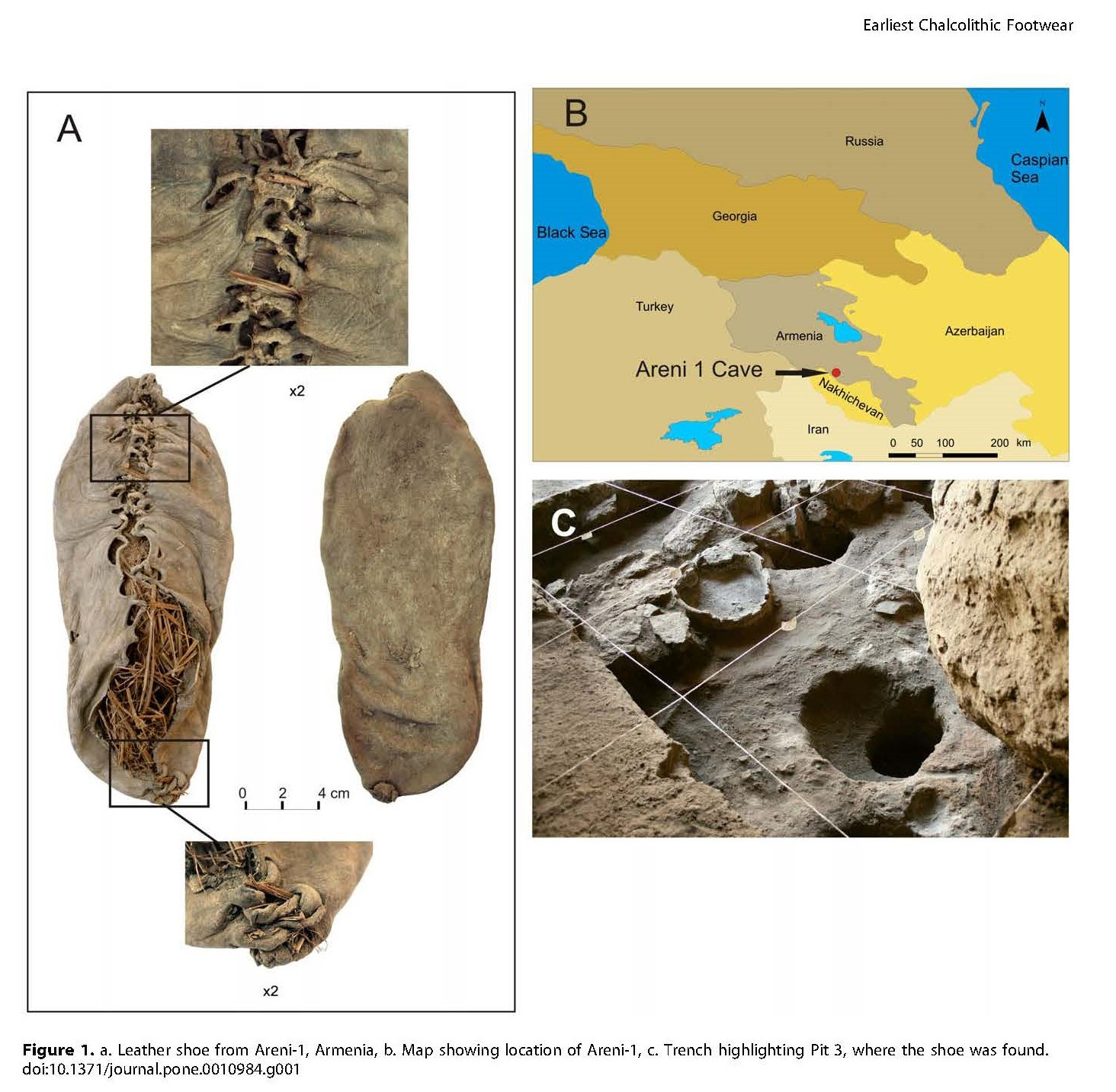First direct evidence of Chalcolithic footwear from the Near Eastern Highlands
Ron Pinhasi, Boris Gasparian, Gregory Areshian, Diana Zardaryan, Alexia Smith, Guy Bar-Oz, Thomas Higham DownloadThe funerary practices of the Neolithic and Chalcolithic populations of the Southern Caucasus are poorly known. However, in the last few years, research in funerary archaeology intensified in the region, using recently developed approaches such as archaeothanatology. Thanks to the excavation of burials according to this method as well as to the reassessment of the published data, it is possible to achieve a state of knowledge on funerary behavior of these populations. Across the whole region, 23 sites with burials have been recorded: Neolithic (2), Chalcolithic (15), Neolithic and Chalcolithic (2) and uncertain chronological attribution (Neolithic and/or Chalcolithic) (4). All data collected revealed a diversification of the practices from the Neolithic to the Chalcolithic. Neolithic funerary practices are less homogeneous than previously thought and burial sites appear to have been closely related to living places. During the Chalcolithic, a diversification of the ways of burying the dead occurs with the appearance of new types of tombs (burials in ceramic vessels and kurgans) and an evolution of the relations between the place of life and the place of the dead can be seen.
https://journals.plos.org/plosone/article?id=10.1371/journal.pone.0010984


